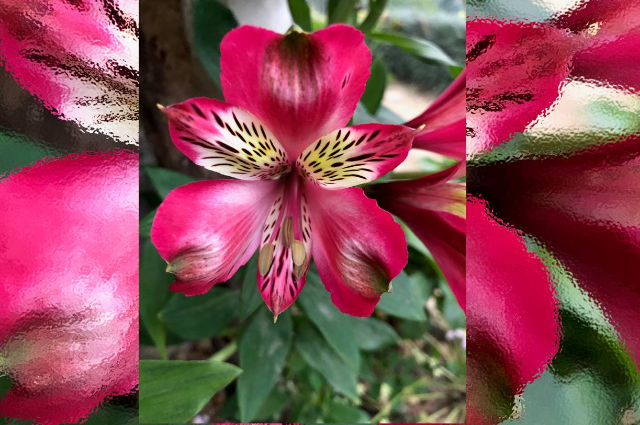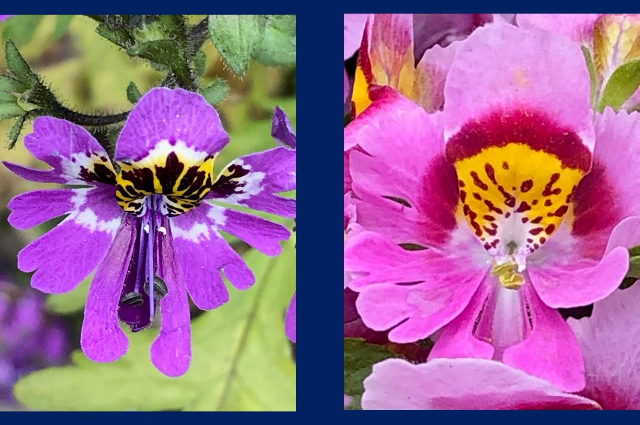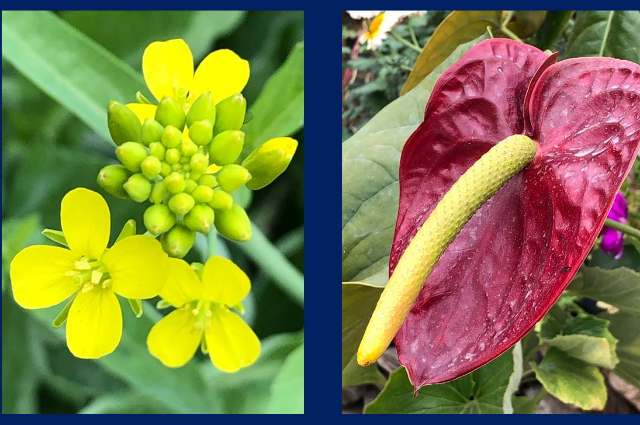
Botany or the study of plants helps us in understanding various plant groups and their roles in nature in different forms from simple algae to complex angiosperms. It involves a better understanding of the ecology, biodiversity, physiology, biochemistry, genetics evolution, classification, and identification of various plant species occurring across our planet. Botany provides basic or core knowledge structure for allied subjects like pharmacognosy, agriculture, and forestry. Production of numerous food and industrial crops, spices, medicinal and aromatic plants, various biodegradable industrial products (like jute, cotton, and hemp-based products), livestock and poultry food and feeds, fodder, fertilizers, fuel wood, timber, fruits, and vegetables are all gifts of botany to humanity. Lastly, botany also helps in knowing our past environment and ecosystem in terms of several millions of years of evolution to and adaptation. Conservation of plants is a new and foremost topic under botany as several plant species are being pushed towards extinction due to both natural and predominantly anthropogenic factors. Botany also integrates human society into the world of plants in the most comprehensive, engaging, and educational manner.

Metabolism in animals and plants is completely different. Plants need sunlight for manufacturing their food in their leaves with the help of chlorophyll, a green-colored plastid. Plants intake carbon dioxide and release oxygen. In the case of animals, they cannot manufacture their food and are directly or indirectly dependent on plants for their food supply. The hemoglobin in the blood carries oxygen to the cells in animals. Animals intake oxygen and release carbon dioxide. Both chlorophyll and hemoglobin have more or less similar organic structures with the major difference of a central magnesium ion in the case of chlorophyll; and an iron central atom in the case of hemoglobin. This indicates towards chemical evolution of the connection between plants and animals several millions of years back possibly tracing their common origin in nature during prehistoric geological times in terms of chemical evolution.

It is quite interesting to share that ‘Aestivation’ is a scientific term used both in zoology (study of animals) and botany (study of plants) with completely different meanings. In zoology, aestivation means a dormancy period during unfavorable environmental conditions such as prolonged fraught exhibited by fishes, amphibians, insects, reptiles, etc. In botany, it means the arrangement of accessory whorls like sepals and petals in the flower body before opening. Aestivation is an important diagnostic character in the identification of plant families and in separating closely related species.

Carlous Linnaeus (Plant Taxonomy and Systematics) and Charles Darwin (Plant Evolution and Adaptation) are two giant contributors to the field of Botany that transformed the subject from random passion and hobby into a foremost intellectual branch of science that shaped human minds about the unique world of plants and contributed towards global economy through the progressive development of agriculture, forestry, plant molecular biology, and other applied botany areas. Today botany is recognized as a major and essential branch of Life Sciences and is studied with a great interest for the immense potential it has to offer to us.

